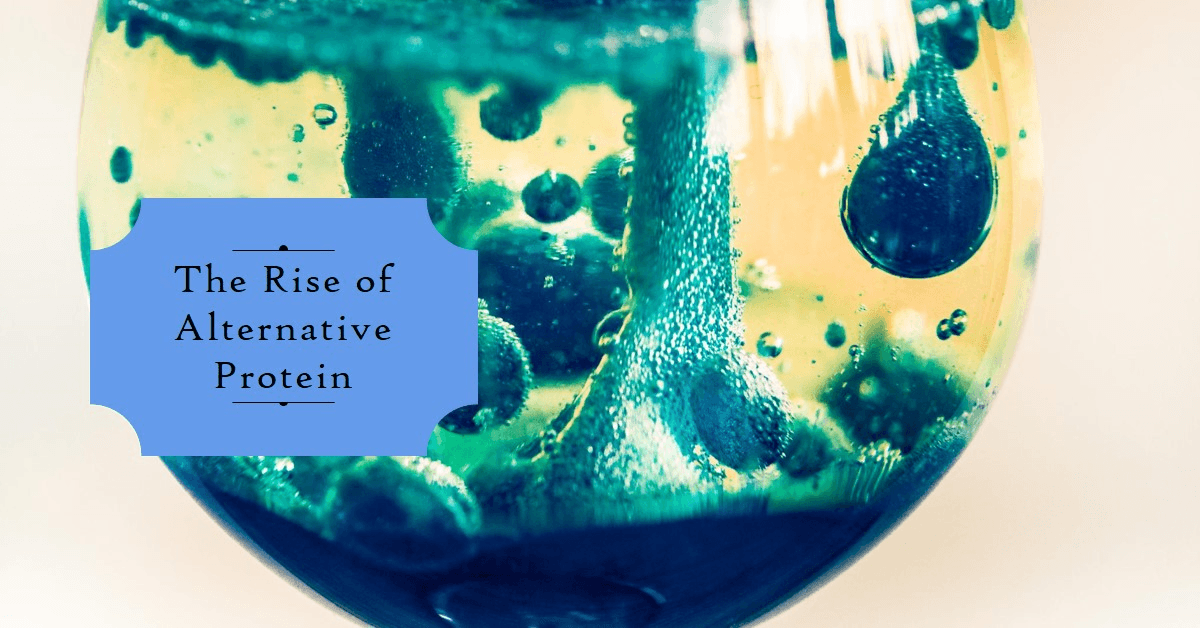As the world faces increasing pressures from climate change, resource scarcity, and a growing population, the search for sustainable and nutritious food sources has intensified. Alternative proteins—beyond traditional plant-based options—are emerging as innovative solutions to meet global food needs. Among these alternatives are algae, fungi, and insects. This article explores the rise of these unconventional protein sources, examining their impact on the food industry in India and globally.
Understanding Alternative Protein Sources
Alternative proteins are non-traditional sources of protein that can serve as substitutes for animal-derived proteins. They include:
- Algae: Microorganisms that thrive in water and can be processed into a protein-rich food source.
- Fungi: Organisms such as mushrooms and yeast, which can be cultivated for their high protein content.
- Insects: Edible insects like crickets and mealworms, which are high in protein and require fewer resources to produce than traditional livestock.
These alternatives are gaining traction for their potential to provide sustainable, nutritious, and economically viable food options.
The Rise of Algae-Based Proteins
1. Nutritional Benefits
Algae, particularly spirulina and chlorella, have been recognized for their impressive nutritional profiles. These microorganisms are rich in:
- Proteins: Algae can contain up to 70% protein by dry weight, making them a potent protein source.
- Vitamins and Minerals: They are abundant in essential nutrients like vitamin B12, iron, and omega-3 fatty acids.
- Antioxidants: Algae are packed with antioxidants that contribute to overall health.
2. Environmental Impact
Algae cultivation offers several environmental benefits:
- Low Water Usage: Algae grow in water and require less fresh water compared to traditional crops.
- Reduced Land Footprint: They can be cultivated in controlled environments such as bioreactors, reducing the need for arable land.
- Carbon Sequestration: Algae absorb carbon dioxide during growth, contributing to greenhouse gas reduction.
3. Market Adoption
In India, companies like AquaBiota are exploring the potential of algae-based products. Globally, algae are already incorporated into various products, from dietary supplements to protein powders and even food additives.
Internal Link: Learn more about the benefits of algae-based proteins in our article on Sustainable Protein Sources.
External Link: Explore more about algae cultivation on Algae Biomass Organization.
The Role of Fungi in Protein Production
1. Nutritional Profile
Fungi, particularly mushrooms and yeast, are emerging as valuable protein sources due to their:
- High Protein Content: Many fungi varieties contain substantial amounts of protein, with mushrooms providing up to 35% protein by dry weight.
- Essential Amino Acids: Fungi offer a complete amino acid profile, which is crucial for maintaining human health.
- Digestibility: They have high digestibility, making them an excellent protein source for various diets.
2. Sustainability
Fungi cultivation is relatively sustainable:
- Low Resource Requirements: Fungi can be grown on organic waste materials, reducing the need for high-quality agricultural inputs.
- Efficient Growth: They grow quickly and can be produced in controlled environments with minimal environmental impact.
- Waste Reduction: Fungi can help recycle food and agricultural waste into valuable protein sources.
3. Industry Applications
In India, companies like Hyfun Foods are integrating fungi into their products. Globally, fungal proteins are used in alternative meats, dairy substitutes, and nutritional supplements.
Internal Link: Discover the potential of fungi in our feature on Innovative Protein Sources.
External Link: Read about the benefits of fungal protein on MycoTechnology.
Insects as a Sustainable Protein Source
1. Nutritional Benefits
Edible insects, such as crickets and mealworms, offer impressive nutritional benefits:
- Protein Content: Insects can contain up to 60% protein by dry weight, surpassing traditional meat sources.
- Vitamins and Minerals: They are rich in vitamins (e.g., B vitamins) and minerals (e.g., iron and zinc).
- Healthy Fats: Many edible insects are a good source of unsaturated fats and essential fatty acids.
2. Environmental Impact
Insects provide several environmental advantages:
- Low Greenhouse Gas Emissions: They produce fewer greenhouse gases compared to traditional livestock.
- Efficient Feed Conversion: Insects require significantly less feed to produce the same amount of protein as traditional meat animals.
- Minimal Land Use: Insect farming requires less land and water compared to conventional animal farming.
3. Adoption and Challenges
In India, insect protein is still in its nascent stages but is gaining interest in the context of food security and sustainable agriculture. Globally, countries like Thailand and Mexico have long histories of edible insect consumption, and companies are beginning to introduce insect-based products in Western markets.
Internal Link: Explore the future of insect protein in our article on Sustainable Food Solutions.
External Link: Learn about the benefits of edible insects from International Platform of Insects as Food and Feed.
The Global Impact of Alternative Proteins
1. Food Security
Alternative proteins have the potential to address global food security challenges by providing diverse, sustainable, and scalable protein sources. They can help mitigate the environmental impacts associated with conventional meat production while offering nutritional benefits.
2. Consumer Acceptance
While there is growing interest in alternative proteins, consumer acceptance varies by region. In Western countries, there is a trend toward plant-based and insect-based products, while in Asia, algae and fungi are already well-integrated into traditional diets.
3. Regulatory Landscape
The regulatory environment for alternative proteins is evolving. In the U.S., the FDA has started approving novel food ingredients, while the European Union is assessing the safety and labeling of insect-based foods. In India, regulatory frameworks are beginning to address these new food sources, paving the way for broader adoption.
Conclusion: Embracing the Future of Protein
The rise of alternative protein sources like algae, fungi, and insects represents a significant shift in the food industry. These proteins offer sustainable, nutritious, and economically viable solutions to meet the growing global demand for food.
As more consumers and companies recognize the benefits of alternative proteins, we can expect to see these sources become more mainstream. The future of food is not just about finding new sources of protein but also about embracing a more sustainable and resilient food system.
For further reading on alternative protein sources and their impact on the food industry, check out our related articles on Plant-Based Proteins and Sustainable Agriculture Practices.
External Links:
- FAO Report on Edible Insects: Explore the potential of insects as food and feed.
- Algae Protein Resources: Learn about the benefits and applications of algae proteins.
The quiet boom in alternative protein sources is reshaping the global food landscape, offering solutions that are both sustainable and nutritionally rich. As this trend continues to evolve, it promises to play a crucial role in addressing the challenges of food security and environmental sustainability.










